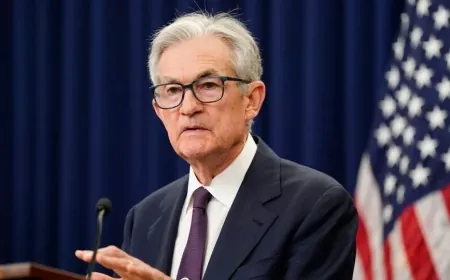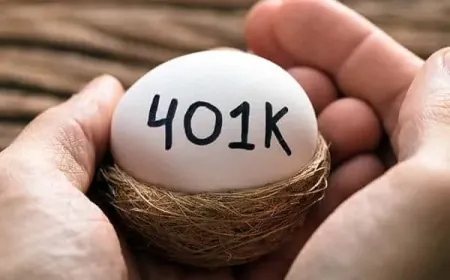Trump’s Second Term Could Impact Student Debt Relief Programs—Here’s How
With Trump set for a second term, student debt relief programs like PSLF, SAVE, and Borrower Defense may face big changes. Here's how borrowers could be affected.

With Donald Trump preparing for a second term, many borrowers are wondering what this could mean for student loan relief. Trump’s past actions and recent campaign remarks suggest that his administration might bring big changes to several debt relief programs, potentially making it harder for many to receive help with student loans. Here’s an in-depth look at what might change.
Biden’s “Plan B” Student Loan Forgiveness
The Biden administration’s “Plan B” student loan forgiveness plan aims to address the needs of millions, including borrowers who owe more than they originally borrowed or who have been paying on their loans for over 20 years. Biden’s plan, if implemented, would provide targeted relief for around 30 million borrowers. However, the plan is currently facing legal challenges in court. If Trump’s administration chooses not to finalize the plan’s regulations, “Plan B” could be shut down entirely, which would block this new wave of debt forgiveness for borrowers who might need it most.
The SAVE Repayment Program: What Could Change?
Biden’s SAVE (Saving on a Valuable Education) program is designed to ease monthly loan payments for many borrowers by setting payments based on income and household size. The program currently allows around 8 million borrowers to reduce their monthly payments and enter an interest-free pause until the spring. Under Trump, the future of SAVE could be uncertain. Trump could potentially decide to stop defending the program in ongoing lawsuits, or he might modify its structure, making it less accessible or beneficial for borrowers. This would mean many people could see their monthly payments go up or lose the interest-free status they’ve been relying on.
Borrower Defense Program: Protection for Misled Students
The Borrower Defense program helps students who were misled or defrauded by their schools. This program offers debt relief if a school has engaged in deceptive practices, such as false promises about job placement rates or misrepresenting educational quality. In Trump’s first term, his administration tightened restrictions on Borrower Defense, making it harder for borrowers to qualify for relief. Biden’s administration reversed these restrictions in 2022 to make it easier for affected students to qualify. However, this revised rule is also facing lawsuits. Trump could reverse Biden’s changes if he chooses, making it harder once again for students to gain debt relief in cases of fraud.
Public Service Loan Forgiveness (PSLF): What Could Happen?
The Public Service Loan Forgiveness (PSLF) program was created to encourage graduates to pursue careers in public service or nonprofit work by forgiving their remaining loans after 10 years of qualifying payments. Biden’s administration made significant reforms to PSLF, simplifying the process and expanding access to relief, which has cleared about $73.7 billion of debt for public servants. During his first term, Trump’s administration proposed eliminating PSLF, arguing it favored certain jobs unfairly. Although ending PSLF would require Congress to act, Trump could make smaller changes that would complicate the qualification process, which could discourage some borrowers from using the program.
What Borrowers Should Expect and Prepare For
If Trump’s second term brings these changes to student loan relief programs, millions of borrowers may find it harder to access forgiveness or reduced payments. Key initiatives like the SAVE plan, PSLF, and Borrower Defense could all see rollbacks or increased restrictions, limiting options for borrowers who depend on these programs for financial relief.
The ongoing legal battles surrounding Biden’s initiatives mean that the status of these programs could be in flux even before any new administration takes over. Borrowers may want to stay updated on legal developments and potential changes to prepare for shifts in repayment plans or forgiveness options. For now, keeping informed about policy updates and knowing the terms of their current loans will help borrowers navigate the uncertain road ahead.
Also Read: How Elon Musk’s Support for Trump Could Impact Tesla's Growth and Innovation

































































